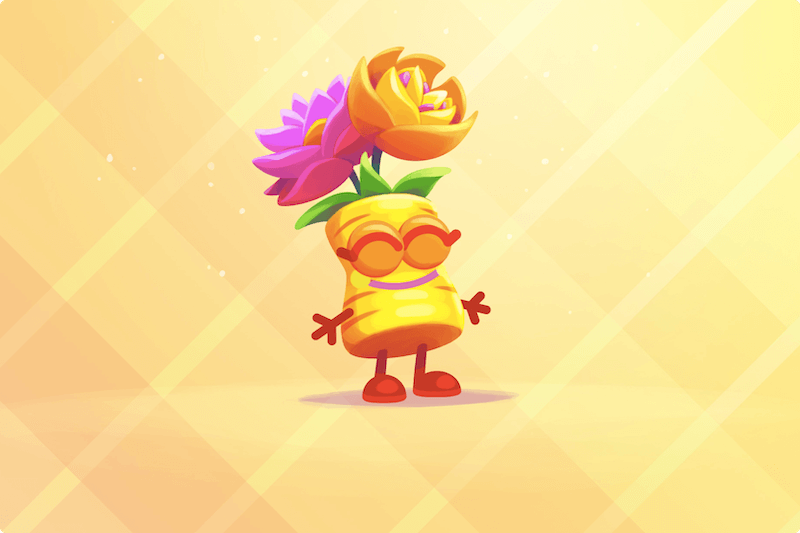
The Power of “And” in Teaching Gratitude
There’s a lot of research out there on the power of gratitude and its connection to increased happiness, better relationships, and general improvement in social and emotional health. These are all great reasons to integrate gratitude habits into our daily routines. As adults, we can hold two things at the same time – gratitude for small and big things in our lives AND negative feelings about hard things happening in our lives. It takes practice to not allow negative thoughts and feelings to overwhelm us, but with gratitude habits in place, we can work toward improving our wellbeing.
Take a moment to think about all of the small and seemingly insignificant things that you are grateful for.
Model this for children throughout the day, especially when big feelings are getting in the way of moving forward. Hear the concern and the emotions that are overwhelming them. Instead of jumping right into looking on the positive side or dismissing their concern as minor, help children learn the power of ‘And’. This will help them learn and practice holding two feelings, creating healthy lifelong habits. From here, we can dive deeper into both topics with children, allowing them to practice gratitude despite experiencing an event that was negative.
Here are a few examples of how we can model this for children:
- There was so much traffic this morning and I was so worried that I wouldn’t make it to work on time AND I got to have a great lunch with a coworker who told me a really funny story about her dog. I feel grateful for that friendship.
- There’s so much to do – I have to do the laundry, clean the kitchen, and run errands AND I’m so grateful to do this all with you!
Some examples of what this might sound like from children:
- During recess today my friend and I couldn’t agree on a game and the whole recess was ruined AND I’m grateful that I got to play this really fun math game using dice.
- I’m so bad at math and I don’t understand fractions AND I’m really excited about the art project I’m working on.
Teaching gratitude and the power of AND in the classroom:
After a project or a larger assignment, ask children to reflect on what felt hard and challenging and what they are grateful for.
| Challenge Statement *What felt really hard about this project? | Gratitude Statement *What are you grateful for from having this experience? |
| Ex. The hardest part was choosing a topic because I love everything about Australia. | Ex. I’m grateful that I got to work in a group because my friends helped me when I got stuck. |
To close out the day, have students share an AND statement with the whole class or in small groups. Not only will this allow them to reflect on the day, but it also gives them an opportunity to practice and remember what they can share with their families at home.
During one on one conversations with students who are naming a problem for you, model the use of AND by mirroring back their words. For example, “I hear that you are sad that you didn’t get to swing at recess today. And, I heard you say that you made a new friend when you played in the sandbox.”
Using the word AND is a small and powerful way to begin building gratitude habits.
Life is not easy and ignoring that is detrimental to learning how to manage negative emotions. So, let’s do both. Let’s deal with negative emotions AND be grateful for the small treasures that we experience every day.
These Moshi tracks reinforce the concept of teaching gratitude to children. Have a listen together!
- Blinki’s Happy Moments
- Gratitude with Blossom
- Part 5 of the 7-day meditation series – Thinking and Thanking
- Goldie and the Tree of Mindfulness
- Chirpy’s Happy Thoughts
Practice your AND statements and share them on Instagram, tagging @MoshiSleep! We may repost on our Instagram stories.